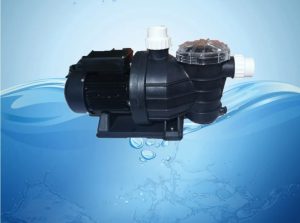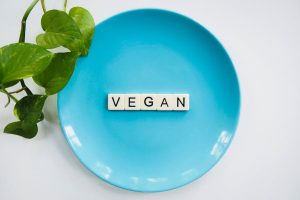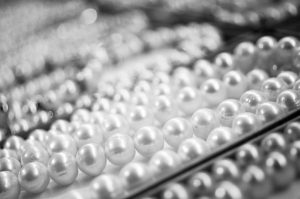Fabric Dyeing Techniques

Putting it for the layman, fabric dyeing is a process of applying dye of varied colours to using different techniques and achieving the desired results. The process selection for dyeing depends on the type of fabric and the colour in which it will be dyed. There is a variety of fabric dyes available that produces different results. Factors such as water fastness, light fastness and the fabric’s absorption abilities are kept in mind while dyeing.
The dyeing process is done in 5 steps of:
- Singeing and desizing
- Sourcing
- Bleaching
- Mercerizing
- Dyeing
Dyes come in the form of powders, pastes, crystals and liquid dispersions. The available forms can be natural as well as synthetic. So different types of dyes and dyeing techniques are used for the plethora of fabrics available. Some of the common methods followed by textile processing houses are:
BALE DYEING:
This method is regarded as one of the cheapest and low-cost methods of fabric dyeing. This method is prominently used for dyeing cotton fabric. In the process of Bale, dyeing warp threads get coloured and weft threads remain white. It is one of the time and cost-saving methods as it’s done using special machines.
BATIK DYEING:
In this method, the designed or patterned areas are covered with wax to avoid getting dyed. The resultant fabric has a blend of colours which are intermixed with each other. This method originated in Indonesia. The artists get a chance to present their creativity and skills as the patterns achieved are unique in nature.
BEAM DYEING:
This process of dyeing is done more for woven or knitted fabrics. A beam dyeing machine is used for this technique. In this type of dyeing method, the fabric is rolled on a perforated beam and then it is put into a closed container or vessel and pressure is applied to it. The dye circulates through the holes in the beam, dyeing the fabric as it passes through.
4.SPECK DYEING:
The most frequent technique to dye woollen fabrics is speck dyeing. The types of dye used are of the same colour as the shade of the fabric to cover any blemishes or spots left. It is a manual process which helps in refining the fabric.
CHAIN DYEING:
It is one of the most popular and quickest ways of dyeing fabrics. This process is used for fabrics which are delicate and can go out of shape easily. In the process, the fabrics are fastened from both ends and dyed under the continuous chain dying machine. Mostly mass production is done through this process only.
CROSS DYEING:
This method is commonly used for Fabrics which are made from more than one type of fibre and it has highly variable properties. Because each fibre absorbs the colour difference which results in unique patterns and colour blends.
JIG DYEING:
One of the most efficient ways of dyeing fabrics. It is done using a machine called “jigger”. A roller system is used to dye the fabric with open width as it is held on the rollers during the dyeing process. Fabric is moved between two reels by the jigger as it goes through the dye bath. Convenient and very less complicated way of fabric dyeing.
PIECE DYEING:
It is a method of dyeing fabric that results in a solid colour when the fabric is finished. The entire width of a dry fabric is passed through the hot dye solution in this process. In the next step, padded rollers are used to pass the fabric. A fabric with evenly dyed colours is made possible through the use of these padded rollers. As well as removing excess dye from the fabric, the padding roller makes finishing the fabric look better.
SOLUTION DYEING:
Also known as spun dyeing. Bright, clean colours with high finishes are the result of solution dyeing. It involves bonding dye pigments with solutions. During the production of fibres in this solution, it is picked up by the fibres. So the fibre is dyed at the stage of manufacturing when the fabric is being constructed.
YARN-DYEING:
In this method, yarns are dyed and then the fabric is made, therefore it’s called yarn-dyed fabric. The result is better colours and a bright look.
The selection of method is an important decision as huge costs are involved whether labour cost or machinery. Also creating a very less amount of waste or zero-waste is always a priority






